Blood Flow Restriction (BFR) Training
The first recorded study on blood flow restriction (BFR) was published in 1998. Dating even further back, the concept of BFR originated in Japan in the 1970's. However, the modes to which vascular occlusion were performed were not sophisticated and included only ropes and bands. It was not until the early 2000's that tourniquet systems allowed BFR to be performed with more precision and more safety.
By applying a tourniquet to either the lower limb or upper limb, venous return is occluded from the targeted muscle areas whilst arterial inflow is still maintained. This ultimately reduces oxygen delivery to the muscular cells during the low load resistance exercises. By creating this oxygen deficient environment, hormonal changes occur stimulating protein synthesis and activation of the Type II (fast twitch) muscle fibers. This chain of events ultimately enhances muscle hypertrophy. BFR is performed at low loads (20% - 30% of 1RM), versus heavier loads (70% - 80% of 1RM) required to achieve muscle hypertrophy and traditional strength gains. Consequently, it is a recommended rehab tool to employ as one is able to reduce joint loading and reduce joint pain while gaining strength and hypertrophy.
There are numerous professional sport organizations that use blood flow restriction. The research and proven outcomes support its effectiveness. Gillette Physical Therapy has been using BFR for the past three years and our results are in line with the nationwide outcomes. By limiting muscle wasting and aiding in the recovery of strength and function, BFR can reduce the morbidity from surgery and limb trauma; and yes, ultimately accelerate rehab after surgery and injury.
We are the clinic that continues to move that dial forward blending progressive rehab with enhanced patient outcomes. Call GPT today for all your rehab needs!
